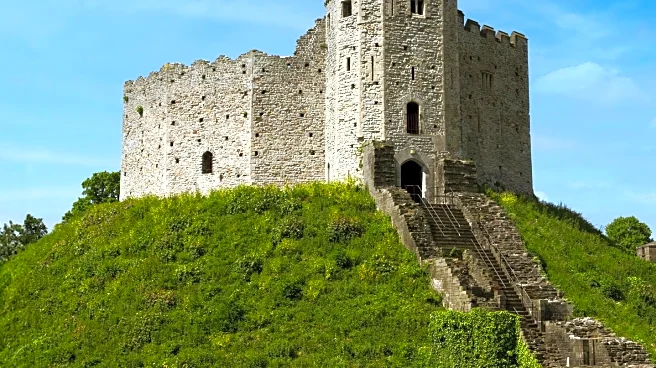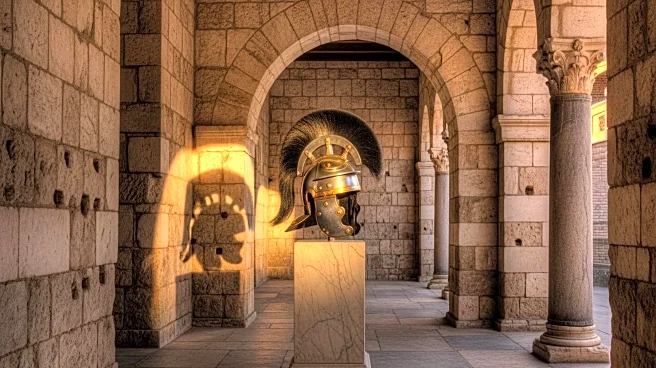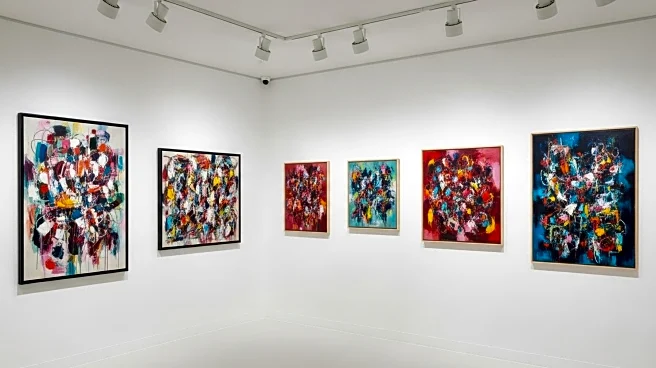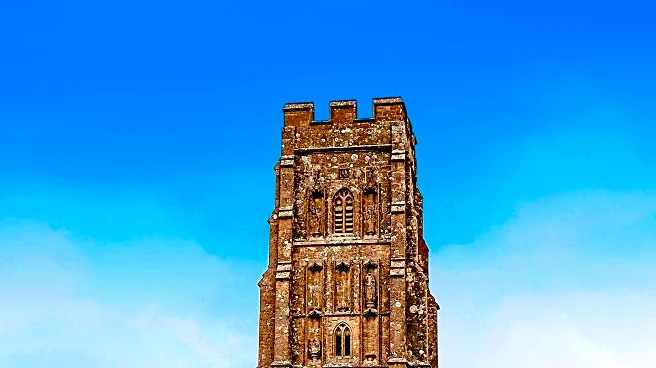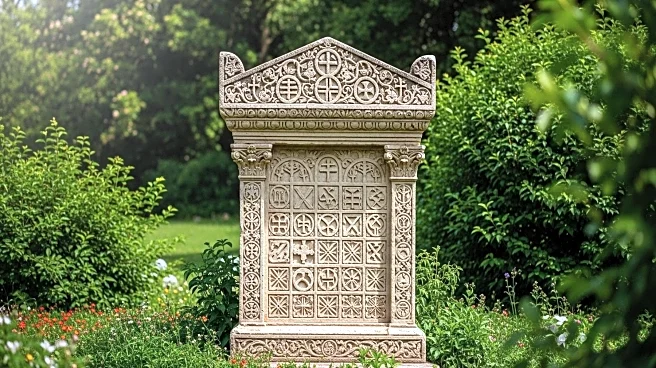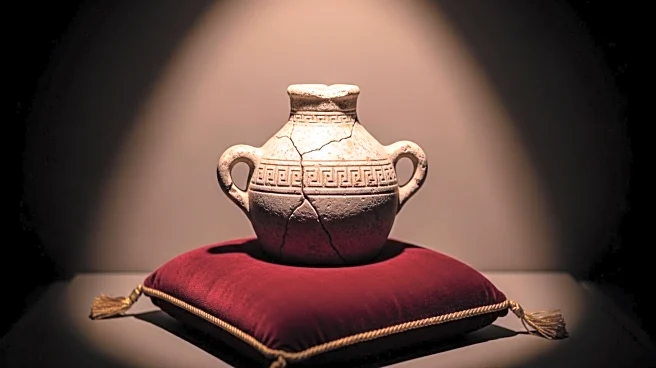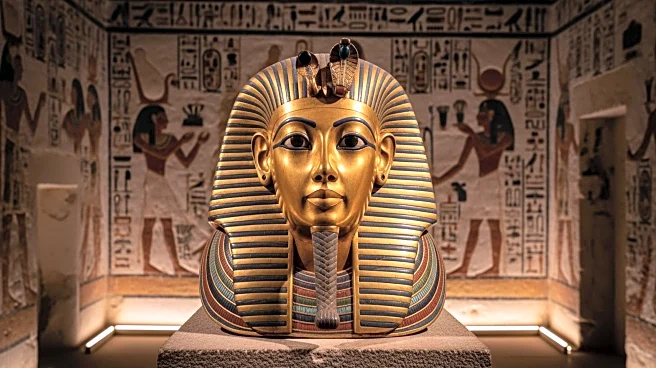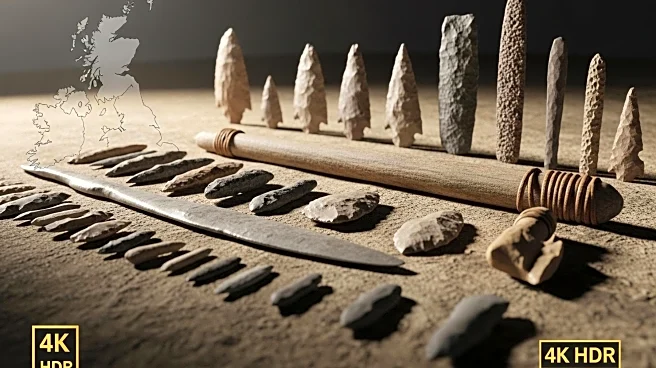What's Happening?
Norwich Castle Museum and Art Gallery has successfully recreated a fabric from the tomb of Bishop Walter Lyhert, who was buried in 1472. The project involved piecing together tiny silk fragments from the bishop's ceremonial robe, which had been discovered
during building works at Norwich Cathedral in 1899. The recreated fabric showcases the original sumptuous red and purple colors and intricate designs, including floral elements and phoenix motifs. The project was part of a £23 million redevelopment of the Norman keep at Norwich Castle, with collaboration from Gainsborough Silk Weaving and support from Norwich's Costume and Textile Association.
Why It's Important?
The recreation of the historic fabric is significant for cultural heritage preservation, offering insights into medieval textile craftsmanship and ecclesiastical attire. It highlights the importance of interdisciplinary collaboration in heritage projects, involving historians, textile experts, and scientists. The project not only preserves historical artifacts but also enhances public engagement with history through museum displays. By making the recreated fabric available for purchase and use in religious ceremonies, it bridges the gap between historical preservation and contemporary cultural practices, fostering a deeper appreciation for historical textiles.
What's Next?
Norwich Cathedral plans to use the recreated fabric to make ceremonial cloaks for clergy, bringing the fabric back to its original setting. The museum will continue to display the fabric alongside original fragments, rotating them to prevent deterioration. This initiative may inspire similar projects in other historical sites, promoting the preservation and study of ancient textiles. The collaboration between museums, cathedrals, and textile experts could lead to further research and discoveries in historical fabric recreation, contributing to the field of cultural heritage conservation.
